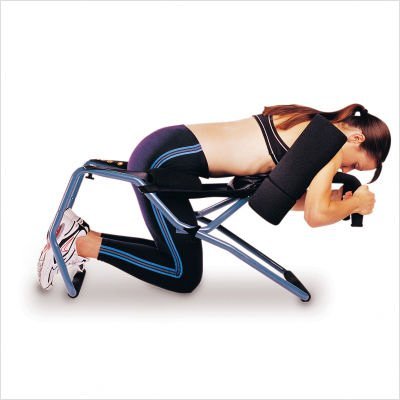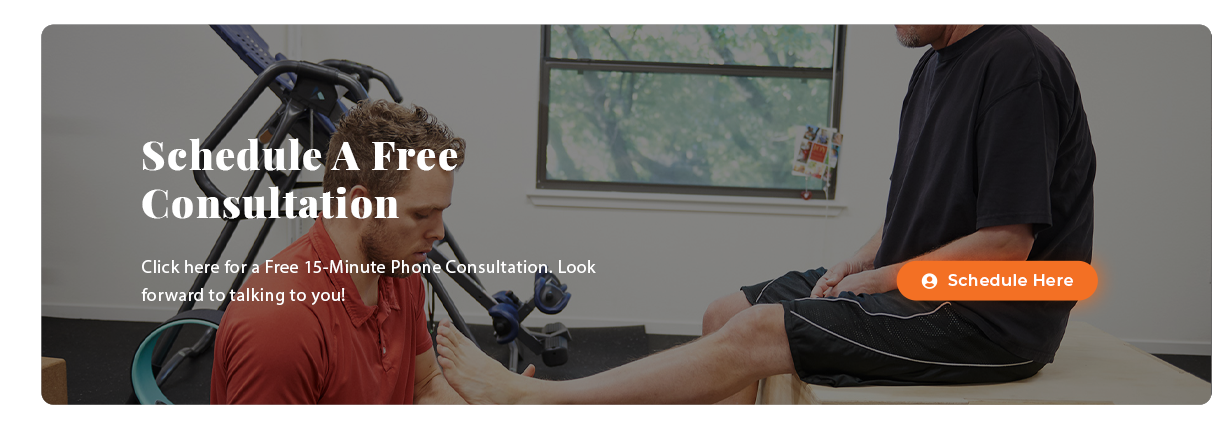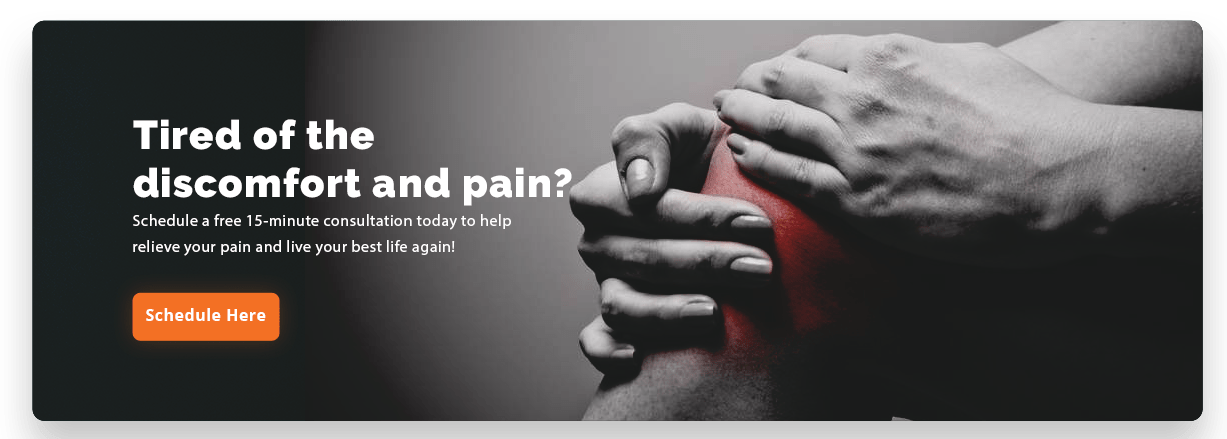“When back pain suddenly shows up, we are tempted to blame it on the last minor stressor that affected it, such as a soft bed in a hotel. This is like blaming your bankruptcy on the last latte you bought before your account finally went into the red.” – Todd Hargrove
Back pain, particularly the lower back pain of lumbar region, afflicts
In fact, according to one source, previously common approaches such as surgery have recently been completely dropped as a recommendation for lumbar disc herniations by the UK’s National Institute for Health and Care Excellence (NICE), along with frequent corticosteroid injections.
In the US, experts such as NYU Professor John Sarno have questioned why these surgeries, injections, and pain medications are still so widely prescribed for low back pain.
As he has stated, “There is probably no other medical condition which is treated in so many different ways and by such a variety of practitioners as back pain. Though the conclusion may be uncomfortable, the medical community must bear the responsibility for this, for it has been distressingly narrow in its approach to the problem.”
While lumbar traction is not touted as a “cure” for lower back pain, it can serve as an actionable tact for bringing relief from many types of pain in the lumbar region.
Taking a Deeper Look at Lumar Traction
Lumbar traction is a therapeutic technique that involves the gentle stretching of the lumbar spine, which is the lower region of the back. The primary goal of lumbar traction is to alleviate pressure on the spinal discs and nerves in the lumbar area.
During a lumbar traction session, a controlled force is applied to the spine manually or through mechanical devices to create space between the vertebrae. This decompression reduces the compression on spinal discs, which may be bulging or herniated and helps to relieve nerve root impingement.
Additionally, lumbar traction can promote improved circulation, reduce muscle tension, and enhance the mobility of the lumbar spine. It is commonly used to alleviate lower back pain, sciatica, and other conditions related to spinal compression.
Lumbar traction is a widely utilized therapy in the field of soft tissue therapy and rehabilitation. It offers promising benefits for individuals suffering from various back conditions, including herniated discs, sciatica, and chronic lower back pain.
However, like any therapeutic intervention, lumbar traction should be administered with precision and care to ensure optimal outcomes and patient safety. For these reasons, we want to consider the “dos and don’ts” of lumbar traction to help patients better understand this valuable treatment option.
Starting Lumbar Traction: What You Should Do
While this list is not meant to be comprehensive, it covers the essential steps and precautions needed when administering lumbar traction. Here are steps and “best practices” you should undertake when initiating lumbar traction either with a trained practitioner or at home by yourself:
1. Consultation and Assessment
2. Patient Education
3. Proper Equipment and Setup
4. Gradual Progression
5. Monitoring
6. Communication
7. Post-Traction Care
Starting Lumbar Traction: What You Should NOT Do
It’s important to always keep in mind that any type of traction is, at it’s most fundamental level, the action of stretching a region of the body. This stretching often involves all the soft tissue residing in the target region including muscles, tendons, and ligaments. Consequently, caution and prevention are highly recommended.
Here are actions or practices you should not engage in when initiating lumbar traction either with a trained practitioner or at home by yourself:
1. Overloading Traction
2. Ignoring Contraindications
3. Lack of Patient Feedback

4. Rushing the Process
5. Inadequate Training
6. Neglecting Follow-Up
Keep in mind, too, that lumbar, or spinal, traction has a few downsides and restrictions. According to Healthline.com, for example,
“Spinal traction can sometimes cause pain that is worse than the original condition. Those with osteoporosis and certain types of cancer should not use traction therapy. Spinal traction is known to cause muscle spasms.”
Lumbar Traction in the Final Analysis
Lumbar traction can be a valuable tool in the arsenal of soft tissue therapy practitioners, particularly for patients with lower back issues.
When administered with care and adherence to the dos and don’ts outlined here, lumbar traction can provide significant relief and improved function. Always prioritize your safety and well-being throughout the treatment process and consult with qualified professionals for guidance when needed.
By following these guidelines, you can harness the potential of lumbar traction as an effective therapeutic option in your clinic.
For Lower Back Pain Relief Look to Pain and Performance Solutions
Regardless of whether you’ve been experiencing lower back pain for a brief period of time or you’ve been suffering ongoing pain for months or longer, we invite you to give us a call. Achieving relief from lower back pain begins once we’ve gained an in-depth understanding of when and how your pain began.
At Pain and Performance Solutions we specialize in bringing relief from chronic muscle pain with therapies such as Active Release Techniques® (ART®) and Anatomy in Motion (AiM). So, don’t simply ignore your back pain and hope it will just go away. Let us help.
Contact us today at 707-636-4404 or book an appointment online to start your recovery process.


